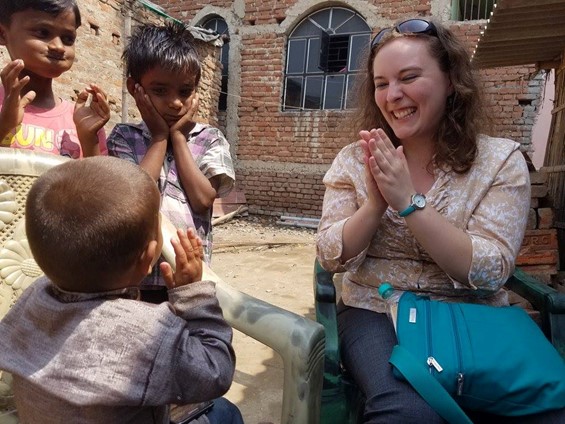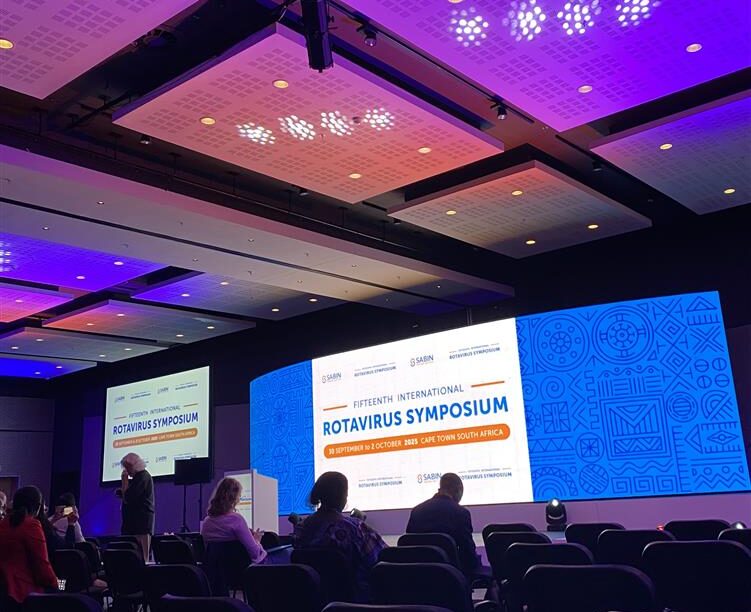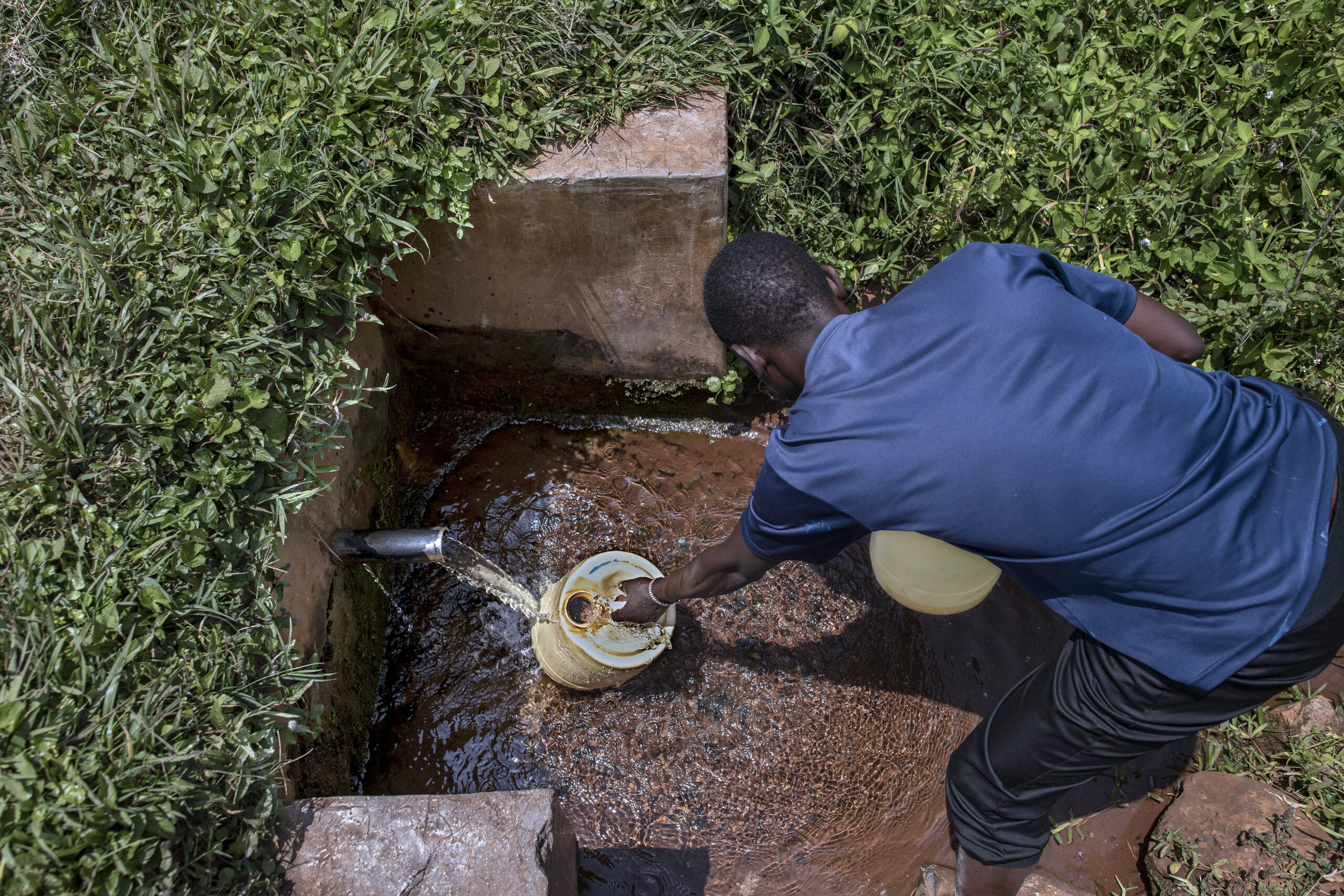
The health and economic benefits of investing in new vaccines for diarrheal diseases

A health worker at Khwisero Health Clinic in Kakamega, Kenya, holds a rotavirus vaccine. Photo: PATH/Tony Karumba.
Diarrhea continues to be a leading cause of morbidity and mortality among children globally. Each year, more than 400,000 children aged five years and younger die from diarrheal diseases. These diseases are preventable and treatable with effective, evidence-based strategies. However, the ongoing high burden of disease points to the need for new preventive and therapeutic tools. New vaccine candidates targeting specific diarrhea-causing pathogens show potential for substantially impacting the persistent global health and economic burden of diarrheal diseases.
Vaccines have been, and continue to be, an effective tool for reducing both morbidity and mortality from diarrheal diseases. Rotavirus vaccines, for example, prevented an estimated 140,000 child deaths worldwide between 2006 and 2019. In addition, preemptive and reactive vaccination remains a primary strategy for combatting emerging cholera outbreaks worldwide. Research and development (R&D) that lead to additional diarrhea vaccines could help further reduce the global burden.
The current R&D pipeline for diarrheal diseases includes vaccine candidates for cholera, cryptosporidiosis, enterotoxigenic Escherichia coli (ETEC), multiple Salmonella infections, non-typhoidal Salmonella (NTS), rotavirus, and Shigella. In a new study, we developed quantitative models to estimate (over a 22-year period from 2023 to 2044) the global health and economic impact that would result if a new vaccine for each of these diseases became available.
Our study quantifies the potential health impact of new vaccines in terms of deaths and disability-adjusted life years (DALYs) averted. We estimate the potential economic impact of vaccines using a metric called societal net monetary benefits, defined as the difference between the financial value of health benefits and the additional costs needed to develop, manufacture, and deliver the vaccine to the target population.
Based on the current R&D pipeline we anticipate at least one new rotavirus vaccine, but there are too few candidates to anticipate a new vaccine for any of the other diarrheal diseases. For these diseases, we modeled a scenario with enough preclinical vaccine candidates to guarantee at least one new vaccine for each disease within our 22-year time horizon.
Our models show that investment in any of these vaccines would result in positive net monetary benefits to society, ranging from USD $1.3 billion for a cryptosporidiosis vaccine to USD $95.6 billion for an additional rotavirus vaccine. The public health impact would also be substantial, ranging from roughly 500,000 DALYs averted and 10,000 deaths averted for a cryptosporidiosis vaccine to upwards of 10 million DALYs averted and 100,000 deaths averted for a rotavirus vaccine.
Specific vaccines currently under development for diarrheal diseases include ETVAX (an oral ETEC vaccine in Phase 2 clinical trials) and ZF0901 (a bivalent Shigella conjugate vaccine candidate and the only Shigella vaccine presently undergoing Phase 3 clinical trials). While our modeling suggests that these and other diarrhea vaccine candidates could become available within the next ten years, much will depend on resource availability and the performance of these candidates in clinical trials.
Significant progress has been made over the last few decades in reducing the global burden of diarrheal diseases. Given the findings from our study, we urge global, coordinated investment in vaccine R&D for these diseases. Investment in the development of new vaccines targeting diarrheal diseases will yield net monetary gains to society while ensuring that morbidity and mortality from diarrhea continue to fall over the coming years.
– Armand Zimmerman, Ayodamope Fawole, Gavin Yamey, and Osondu Ogbuoji
The Center for Policy Impact in Global Health, Duke Global Health Institute, Durham, North Carolina, United States


